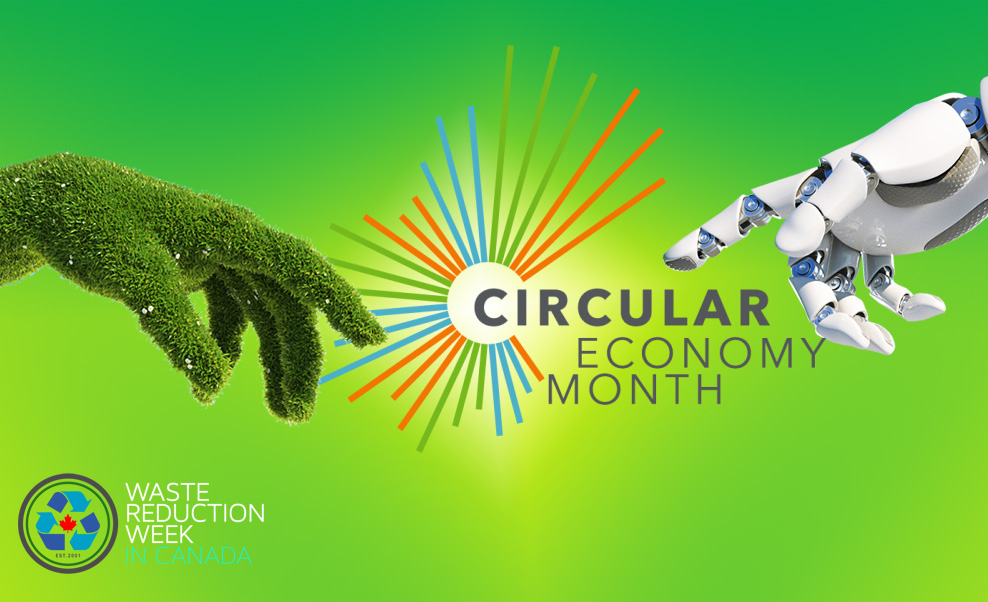
Understanding the Circular Economy
And how you can get involved!
By:
Nadine |
Communication. Community. Conservation. These are just some of the pillars of Circular Economy Month in Canada. This movement started in 2001 with the launch of Waste Reduction Week, which is the third week of October. It focuses on educating and inspiring Canadians to reduce their waste via recycling, upcycling, and demanding more from the products we buy.
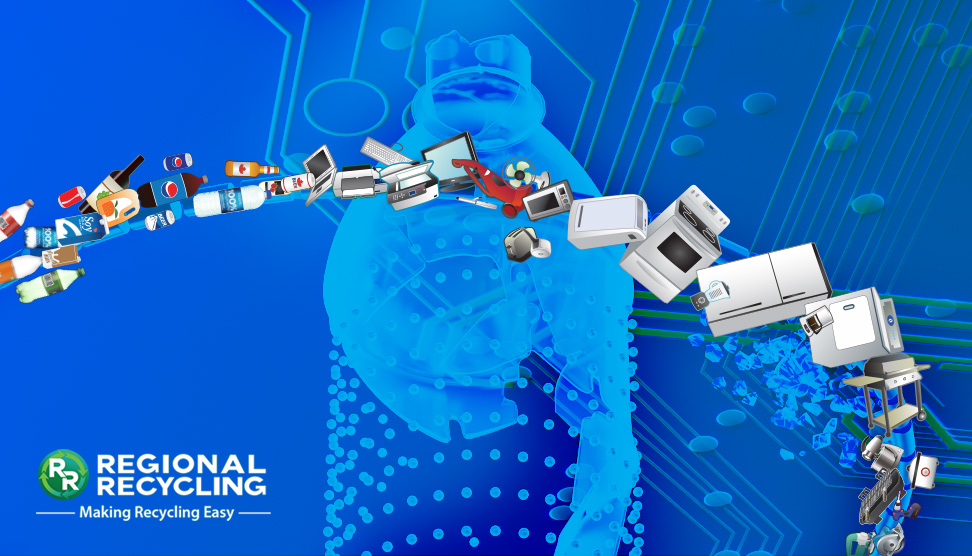

This week has expanded to a month, all of October, and the focus is our Circular Economy. Not sure what a circular economy is? Not to worry, this term has only been introduced to the mainstream recently, and you’re probably already putting it into practice.
A circular economy reduces the flow of materials to landfills by making conscious consumer choices and working in harmony with others to recycle, repair and upcycle as many of our consumables as possible. Here’s an example:
We all know that children grow quickly, and with this comes the need to update their clothes, toys, and exercise equipment. In a circular economy, a parent doesn’t rush out and buy new items when their child grows.
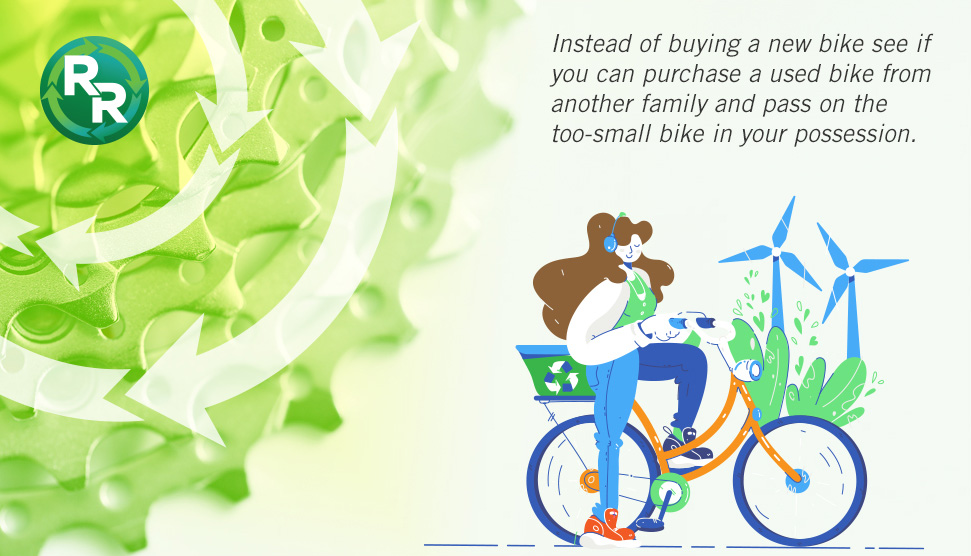

Charity of the Month
Instead of buying new, a parent can look to their community to see if they can purchase a used bike from another family and pass on the too-small bike in their possession. This process can go on for as long as the bikes can be used and repaired when needed. Then, when there is no more life in the bikes, they can be recycled as scrap metal, and the materials can be given new life.
More complex examples of our circular economy include:
Buying products, including perishables in packaging that can be reused or recycled Only choosing to buy from eco and socially responsible companies.
Using your votes to elect a government that will prioritize the climate crisis and hold corporations accountable.
Each Canadian household can contribute by recycling, upcycling, and reducing their consumption of products and single-use items. However, the bigger picture requires Canadians to demand more from the companies they do business with. Our ask has to be for products that are made to last and from materials that can be recycled or reused. The World Wildlife Foundation did a feature piece on 17 products made from recycled materials. It’s production standards like this that we, as consumers, need to demand from more companies.
Each week of Circular Economy Month has a theme. Follow us on social media to learn more about each week’s topics.
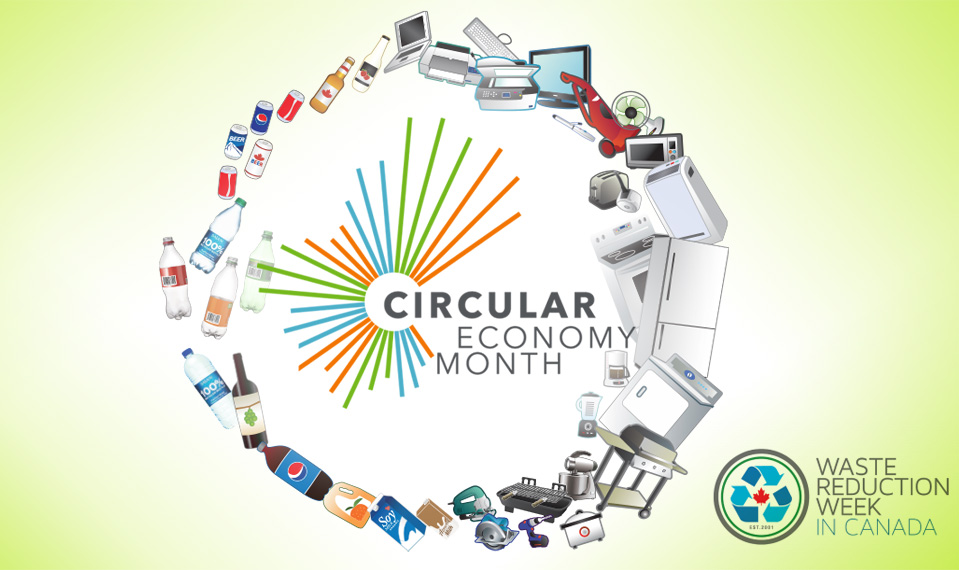

WEEK 1 (OCT 1-9)
Introducing the circular economy
WEEK 2 (OCT 10-16)
Environmental benefits: clean oceans and freshwater.
biodiversity protection, climate change mitigation, reducing
carbon emissions, water conservation, embracing reuse.
WEEK 3 (OCT 17-23)
Celebrating Canada’s 21st Waste Reduction Week!
Learn about waste reduction and recycling of issue-based waste
streams such as: textiles, e-waste, plastics, food waste.
WEEK 4 (OCT 24-31)
Social & economic benefits: innovation, job & skills creation,
economic savings, driving local economy, community engagement




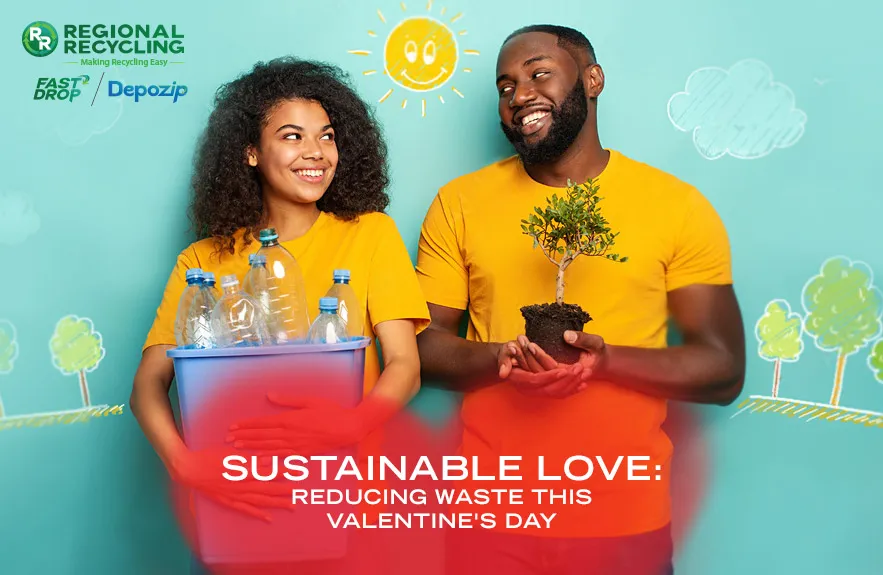

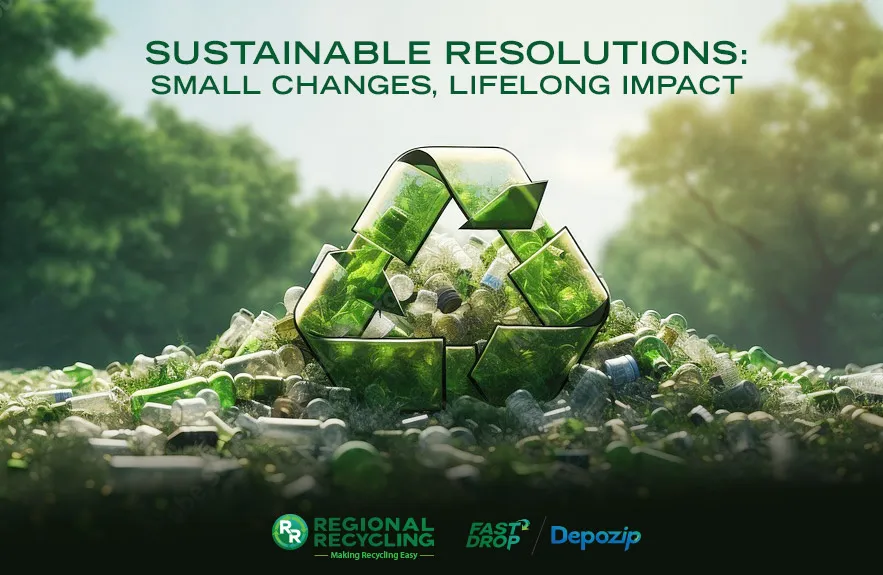
0 Comments
Trackbacks/Pingbacks